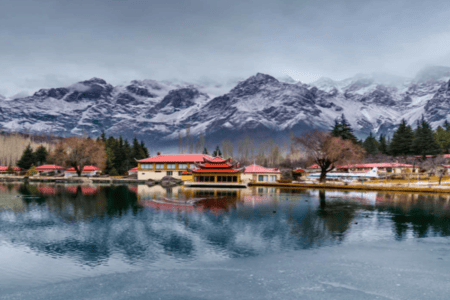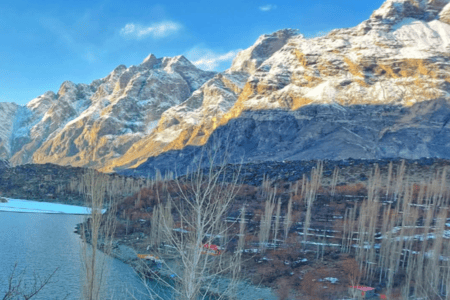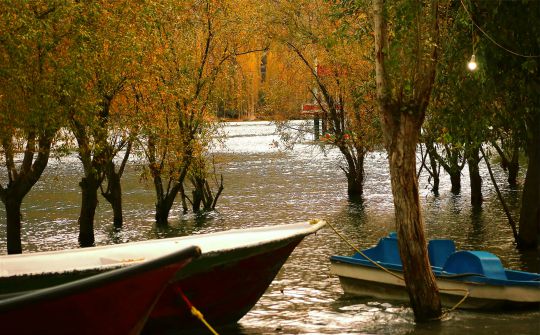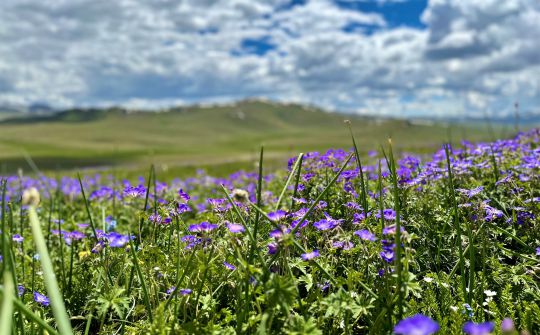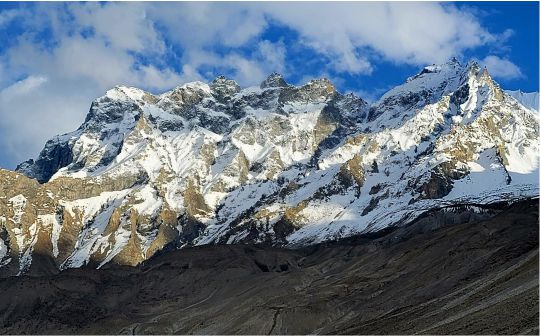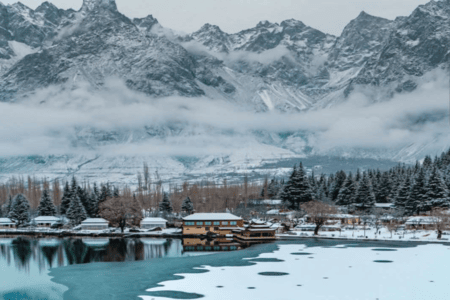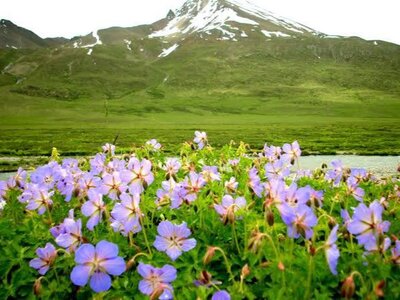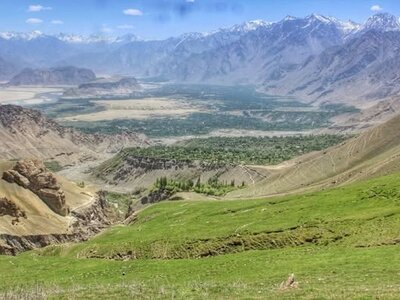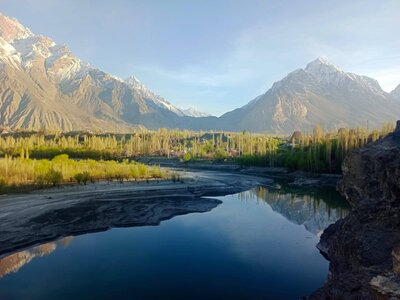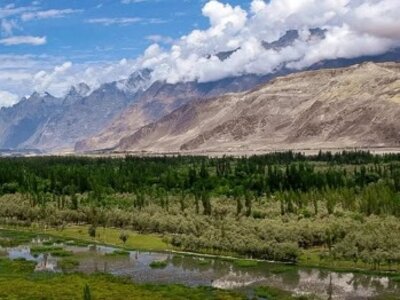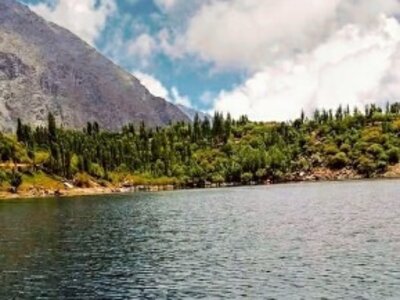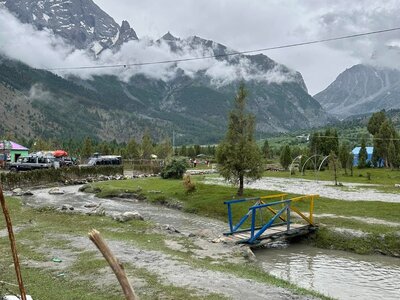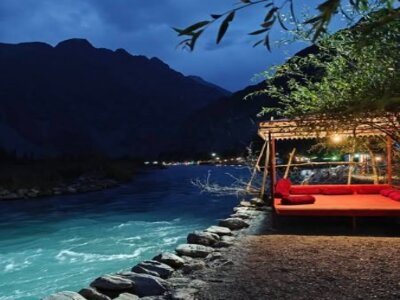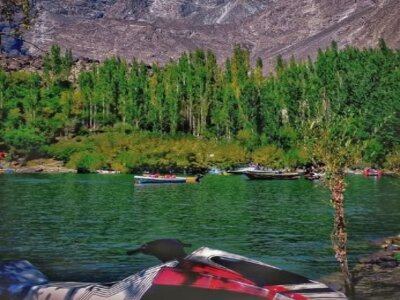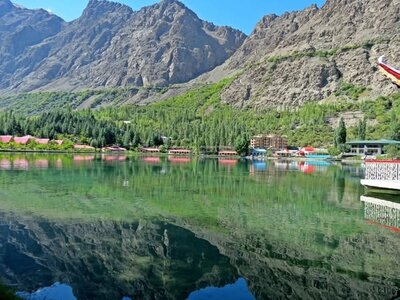More About Khaplu Palace Skardu:
Khaplu Palace stands as the most remarkable surviving example of royal architecture in Baltistan, a self-governing region in northeastern Pakistan. The palace was built with the assistance of craftsmen from Kashmir and Baltistan, merging local architectural styles with influences from nearby areas such as Tibet, Kashmir, Ladakh, and Central Asia.
According to legend, the location for the palace was determined by rolling a large stone off a nearby cliff; the spot where the stone landed became the site for the palace’s construction. For over a century, it served as the official residence for the local ruler and continued to be inhabited by his descendants even after the monarchy was dissolved. The final Raja of Khaplu, who resided there, passed away in 1983, leading to the gradual deterioration of the palace.
In 2005, with financial support from the Norwegian Ministry of Foreign Affairs, restoration efforts were initiated by the Aga Khan Trust for Culture; this undertaking continued for six years. The restoration adhered to the Venice Charter, a set of guidelines established in 1964 by a collective of conservation experts that provides a global framework for the conservation and restoration of historical buildings.
In 2011, the refurbished Khaplu Palace & Residence was inaugurated as a heritage hotel featuring 21 rooms, managed by the Serena Hotel Group. Since then, it has received various accolades, including a UNESCO Heritage Conservation Award. I’ve had the pleasure of staying there twice and cannot recommend it highly enough. It undoubtedly ranks as one of the most distinctive and romantic places I’ve ever visited. The vistas overlooking the Himalayan and Karakoram peaks are breathtaking. I’ve attempted to capture some of these views along with various features of the residence.

